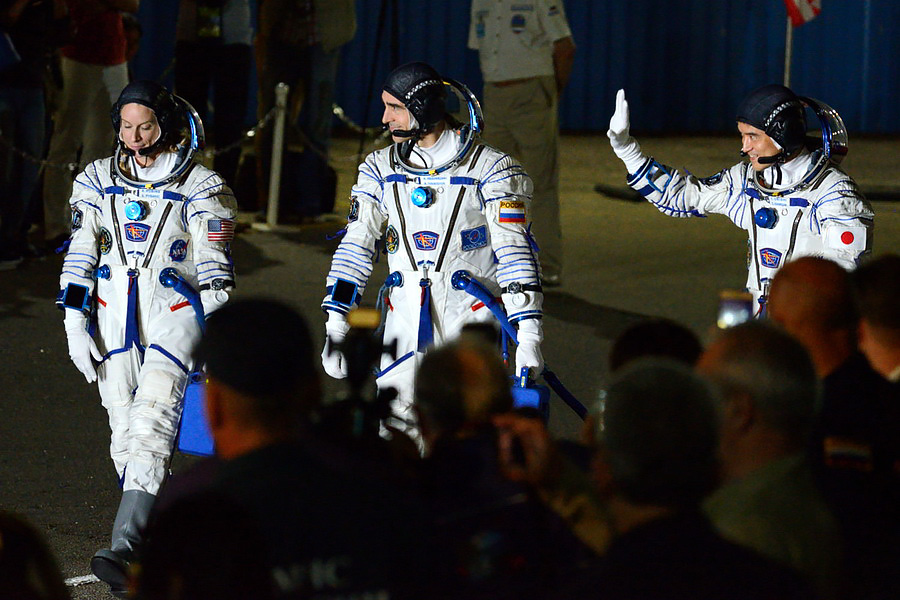
Spaceflight is the result of high technologies that have undergone numerous tests and improvements, meticulous calculations, the work of thousands of specialists, and years of astronaut training. Despite being an area of work for the best specialists in their field, relying on science, there are many traditions and superstitions in space exploration.
Some astronaut traditions are based on historical events, while others have appeared by chance. Some traditions have become outdated or transformed, while others have emerged only recently. At the Baikonur Cosmodrome, there are traditions that pay tribute to Yuri Gagarin, the first cosmonaut of Earth.
Preparing and launching a rocket into space is a complex and sequential process, and some traditions have become markers of certain stages in this process. In addition, in such a dangerous profession, basic psychological relief is needed, and observing traditions allows for a positive mindset.
Below are the most well-known traditions of cosmonauts and employees of the Baikonur Cosmodrome.
Cosmonaut Traditions
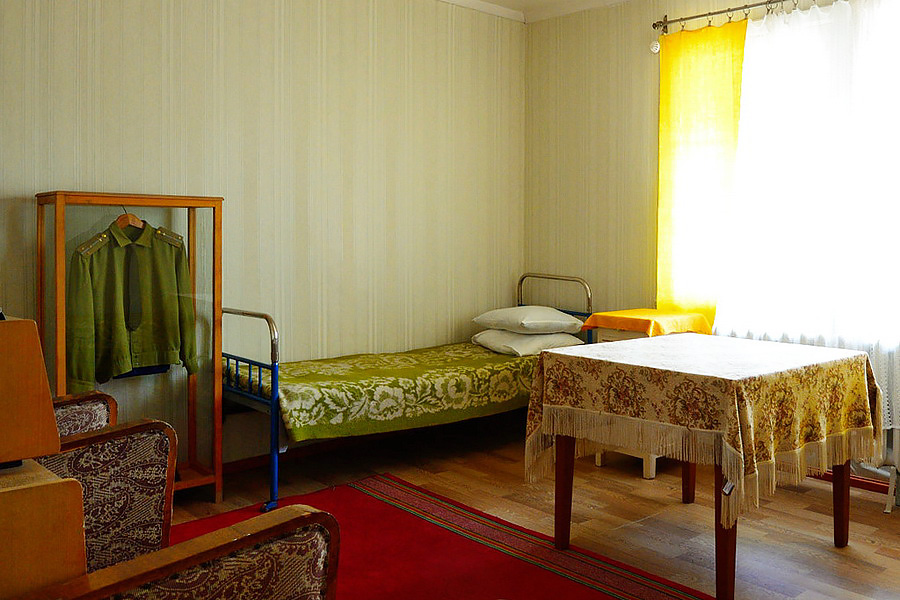
Gagarin's Bed
At the Baikonur Cosmodrome, there is a house numbered 1, where Gagarin spent the night before his legendary flight on April 12, 1961. A few months later, in August 1961, the second cosmonaut, German Titov, slept in Gagarin's bed. And this became a tradition for all the spacecraft of the Vostok and Voskhod series. Before each flight, the astronauts slept on the "Gagarin" bed. And when crews of several people began to be sent into space, Gagarin's bed was given to the mission commander. Later, the tradition changed, and now astronauts visit the cosmodrome museum and always visit the houses of Gagarin and Korolev.
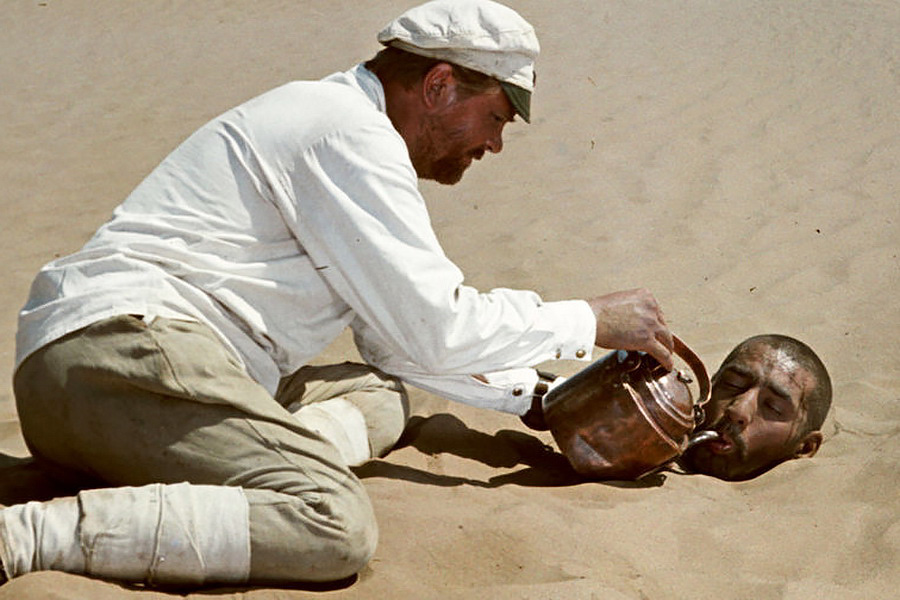
Favorite Movie Of Cosmonauts
In 1973, the evening before the flight of the Soyuz-12 spacecraft, cosmonauts Vasily Lazarev and Oleg Makarov watched the movie "The White Sun of the Desert" in their hotel. The Soviet Union had not had any manned flights for two years after the crew of the Soyuz-11 mission died, and the cosmonauts were feeling some tension. The film was meant to lift their spirits, and it succeeded: after a successful flight, Lazarev and Makarov said that there was a third crew member with them in the spacecraft - their friend Sukhov (the main character of the movie). The next crew also watched this film, and it became a tradition. Moreover, the film became a training manual for cosmonauts in filmmaking. Some cosmonauts have already made several space flights and practically know "The White Sun of the Desert" by heart!
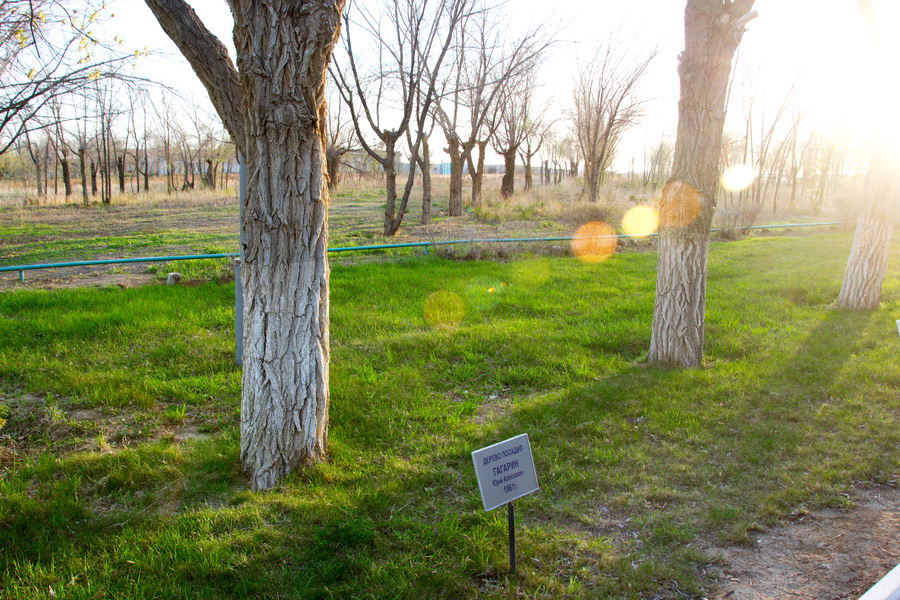
Cosmic Alley
In the 1960s, the construction of a hotel for cosmonauts began in the city of Baikonur, and a park was laid out next to it. Gagarin planted a tree in this park and created another good tradition. For many years, after their flight, cosmonauts came here to plant trees. In the 1990s, the tradition changed slightly, and now trees are planted before the launch. Over half a century, a whole alley has formed here.
“The Grass by the Home”
In 1983, a song called “The Grass by the Home” was released in the Soviet Union by the band Zemlyane. The song is about the homesickness of cosmonauts for Earth. It quickly became a hit and became associated with the space program and the Baikonur Cosmodrome. In 2009, it was declared the anthem of Russian cosmonautics. For decades, cosmonauts have been leaving the Baikonur hotel and getting on buses to the cosmodrome while listening to this song. In the United States, a similar space anthem is David Bowie's "Space Oddity."
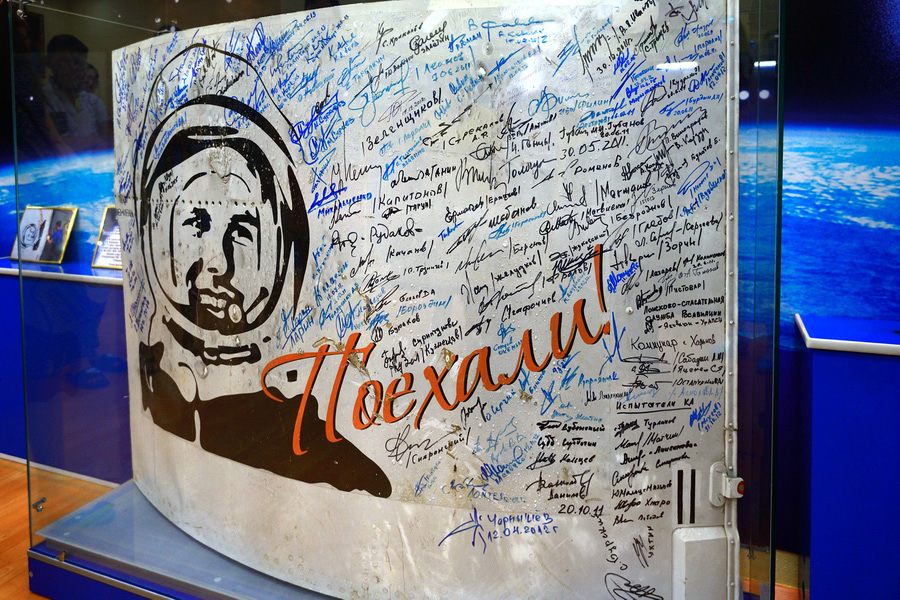
Autographs of Cosmonauts
It is considered bad luck for cosmonauts to give autographs before their first space flight. However, they always leave their signature on the door of the hotel room where they spend the night before the flight. And after the flight, they sign the landing module and a bottle of vodka specially prepared for celebrating a successful landing.
The Wheel of Fortune
Among the cosmonauts departing for space from Baikonur, there is an unusual tradition that dates back to Gagarin. Before his legendary flight in 1961, when Gagarin was driven by bus to the rocket, he asked to stop, got out, and urinated on the back right wheel. There was a practical reason for this, as it was the first human space flight, and the spacesuit was not adapted for such needs. And Gagarin himself did not want to create difficulties during the flight. Today, spacesuits are airtight, and cosmonauts wear special diapers, but they still observe the tradition. Women cosmonauts, however, use a specially prepared container to pour their urine on the wheel. Nevertheless, this tradition may disappear or transform in the near future, as new spacesuit models will not allow such a strange ritual to be easily performed.
The Talisman "Boris"
If you watch the video from the camera inside the rocket during the launch of the Soyuz rockets, you can see a small plush toy hanging in the foreground. Before each launch, the cosmonauts hang this talisman for good luck. The mission commander chooses the talisman toy and gives it a Russian name, "Boris." This is not just a superstition but also an excellent indicator of weightlessness. When the toy stops hanging and starts floating in space, it means that the spacecraft has reached orbit.
Traditions of Rocket Scientists
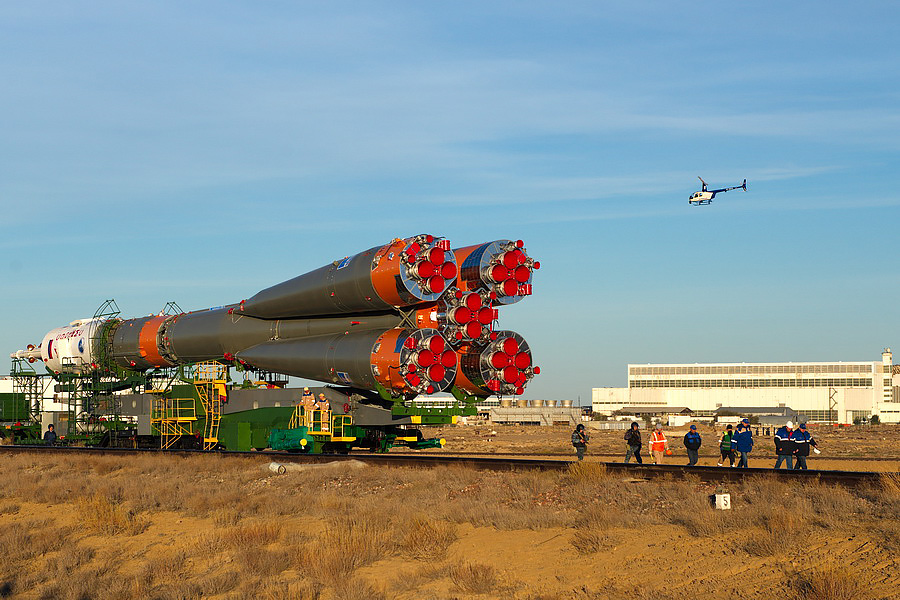
The Escort of the Rocket
In 1957, before the launch of the R-7 rocket, the chief rocket designer Sergei Korolev accompanied it all the way from the assembly workshop to the launch pad. He had such a tradition since the Kapustin Yar testing range, and Korolev continued it. In the future, before the next launches, he also walked part of the way in front of the rocket. This tradition still exists today, and the "shooter" - the head of the launch team who presses the "start" button - accompanies the rocket.
Black Date and Black Mondays
In 1960 and 1963, two disasters with multiple casualties occurred at the Baikonur Cosmodrome. Both happened on October 24th. Since then, this day is considered a black date for Baikonur, and launches are not conducted on this day. Moreover, the first accident on October 24th, 1960, also known as the Nedelin Catastrophe, happened on a Monday, and the chief rocket designer Sergei Korolev was against any launches on Mondays. For a long time, there were no launches on Mondays at Baikonur, but gradually, this rule was lifted. However, October 24th remains forever in the memory of cosmonauts and Baikonur residents, and on this day, they commemorate the victims of those distant tragedies.
Combat Beards
The first generation of rocket scientists at Baikonur were veterans of the World War II of 1941-1945. For them, rocket launches were a real combat mission, and shaving before a battle was considered bad luck. For several days, from the moment the rocket was taken out of the hangar until its launch, the rocket crew did not shave. Although the Soviet army had strict rules regarding beards, mustaches, and facial hair, an exception was made for the military personnel at Baikonur. Many Baikonur employees still observe this tradition today.
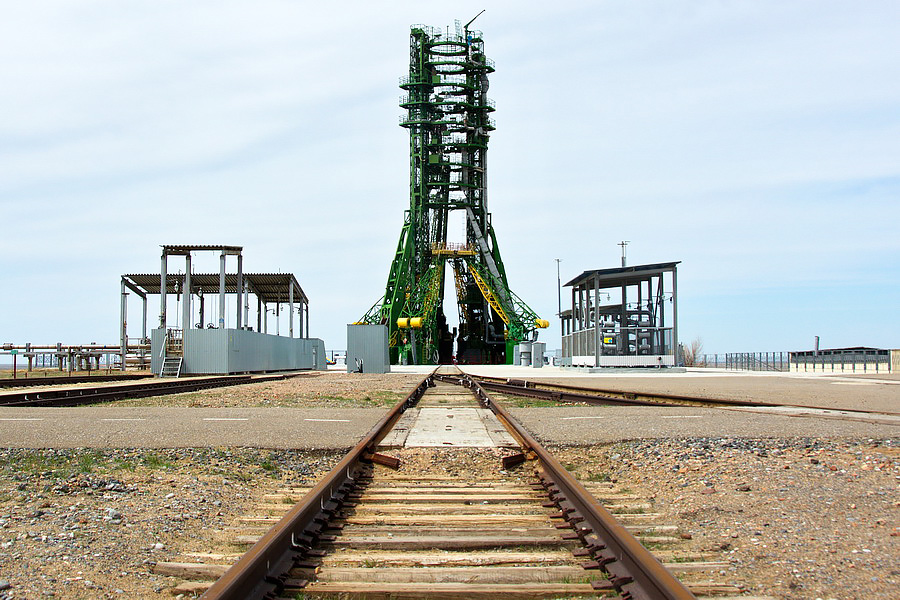
Coins on the Rails
This tradition may seem like a children's game, but rocket scientists believe it contributes to a successful flight. When the rocket, after several hours of slow travel from the hangar, is almost at the launch pad, engineers and other involved employees of the cosmodrome place coins in front of the train. The weight of the rocket flattens the coins, and it is believed that this will bring good luck.

